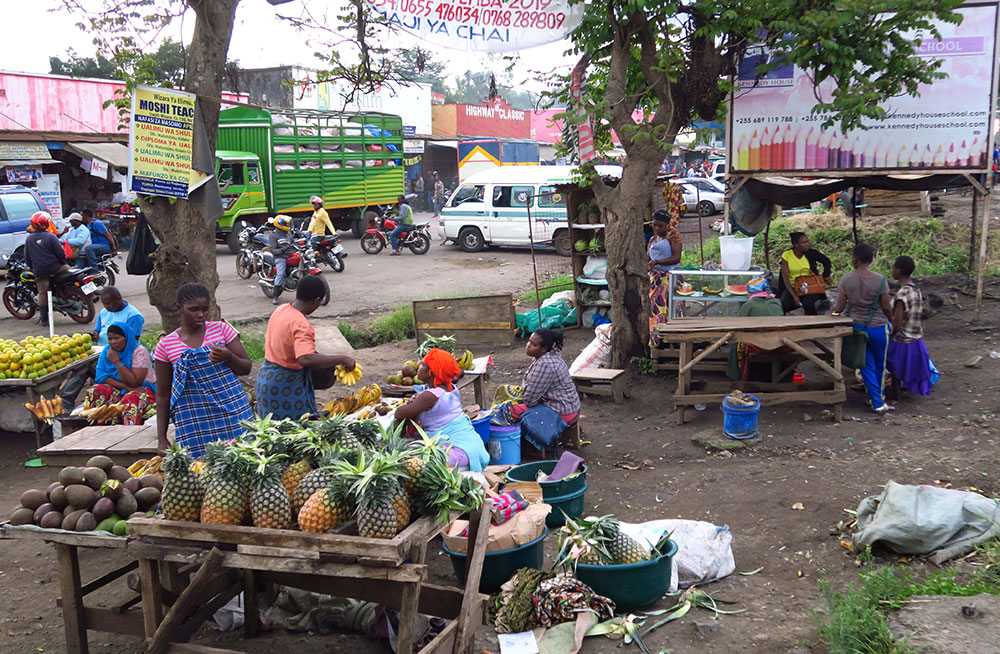Session 17/21
Page 3/9 Understanding and respecting children in the streetUnderstanding and respecting children in the street
WHY DO SO MANY CHILDREN DECIDE TO LIVE IN THE STREETS?

Research shows that more and more children decide to live in the streets. Most of them are from 5 to 16 years of age. In East Africa (and around the world), people abandon their villages and move into large cities. The new city environments stress extended families and their ability to provide care, love and protection for their children. Poverty and unemployment (also due to COVID-19) add to parental stress. This stress on families increase domestic violence, divorce, addiction, school dropout, and teenage pregnancies. Recent national studies show that approximately half of all teenagers in Tanzania and Kenya have experienced violence at the hands of relatives and/or authority figures. One out of three girls in Tanzania and Kenya reported that their first sexual experience was forced. Poverty, marital conflicts, and stress in families make many children and teens run away. In Rwanda, more than half of street children have living parents.
An example: A growing street group are teenage children of single mothers. Teenagers often run away when the family tradition expects them to take over the many burdens and obligations of the absent or deceased father, to provide for their single mother and their siblings. Former street child Mugabo states: “I had four little sisters and five brothers. We were very poor, and only our mother cared for us. I had to work all day collecting garbage. When she died I was twelve years old. My relatives told me they would have all the property left from my mother, and I should oblige to tradition and provide for all my younger siblings. I knew this would be impossible for me, so with a bleeding heart I ran away. Now I’m seventeen, and I live in the street. Every day I think about my little sisters and brothers”.
WHY IS IT A CHALLENGE TO WORK WITH STREET CHILDREN?
Street children are often seen by authorities and society as poor victims, or as criminals. These children are often referred to in derogatory terms.
The United Nations Convention on The Rights of the Child states that street children have the same rights as those of every child: Access to health care, protection, nutrition, and education. But for most, these rights are far from reality, and they must fight for their lives every day. In fact, these children must be admired for the intelligence, creativity and spirit that helps them endure life without parents, long before their own childhood is over. They overcome countless challenges each day: The loss of parents, hunger, prejudice, and all the dangers of street life. Some become criminals in order to survive, but they still have a need for care.
Rehabilitation and life in a foster family may be a challenge, because a child has no trust in adults, and is attached to street contacts. As one child said: “The street is my mother and father”. Many attempts to offer help fail because of this lack of trust, and children often run away from a foster family or rehabilitation center. If we understand and respect them, we can rebuild their trust in caregivers, step by step.
GROUP DISCUSSION
10 minutes
- How are street children looked upon by authorities and what is the public opinion in our community?
- Do we know examples of street children who manage to survive in spite of hopeless odds and lack of loving care?
- How do the children respond to us when we try to regain their trust in adults?
